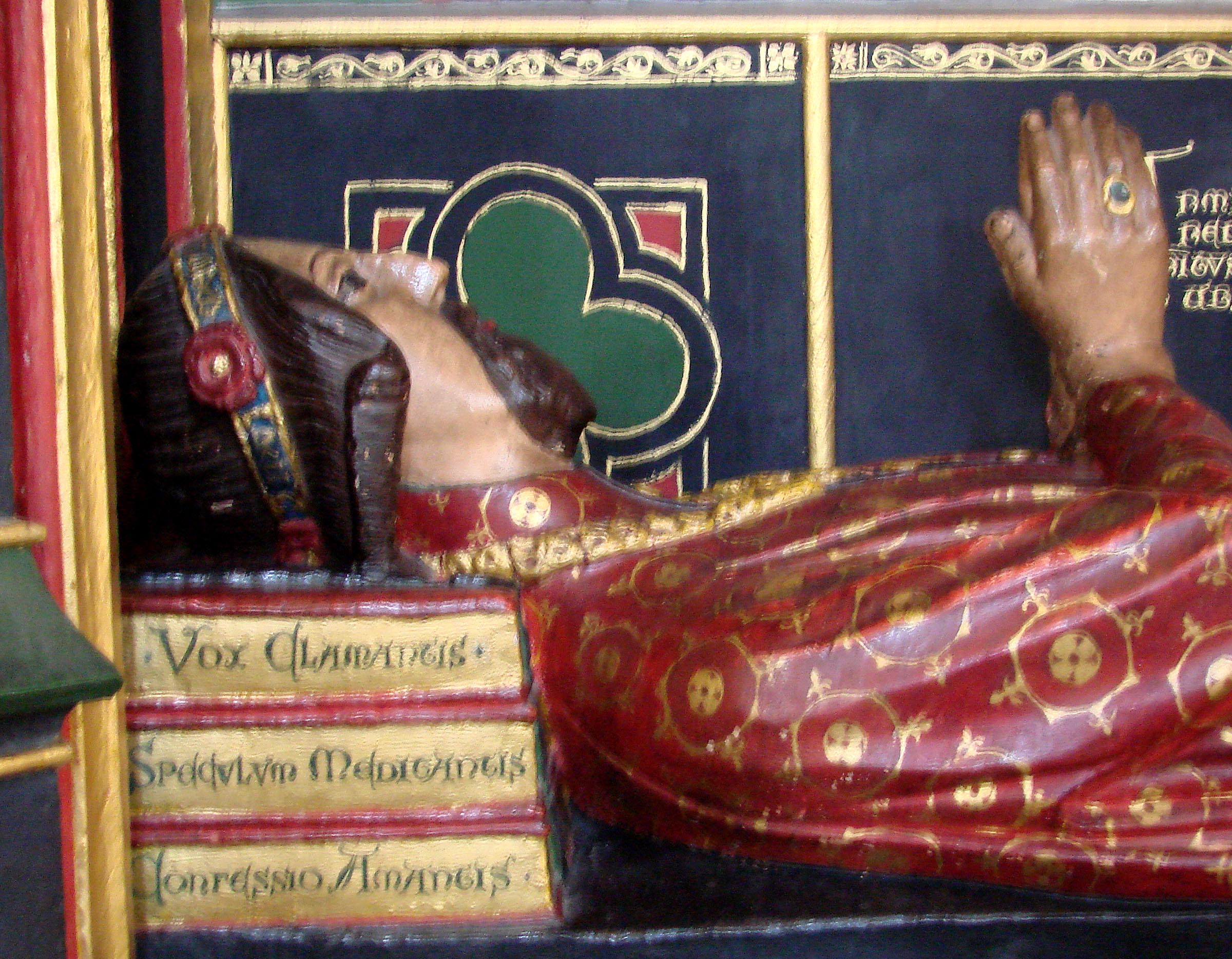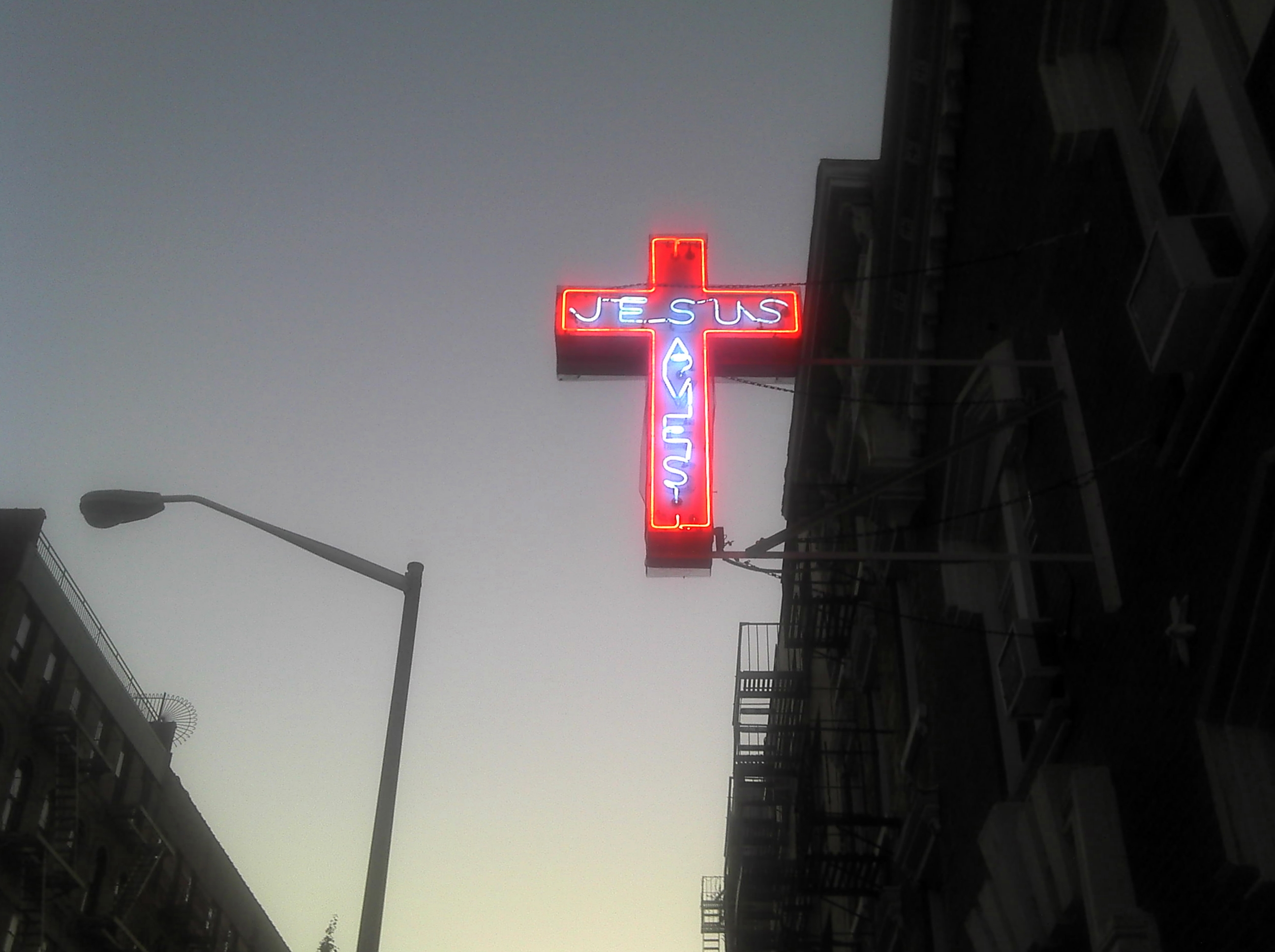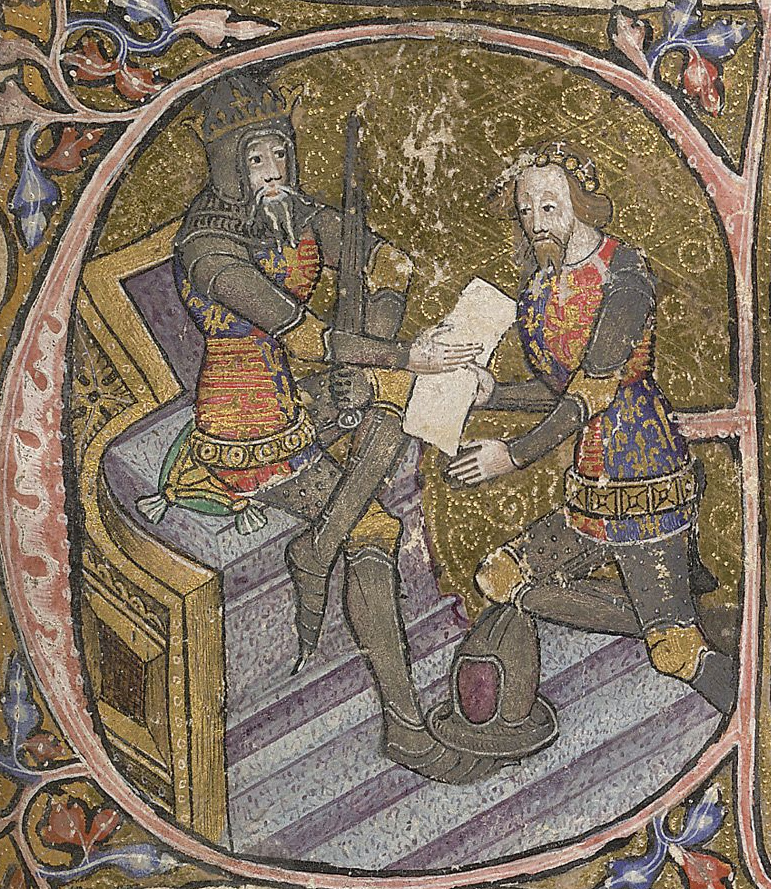|
Mirour De L'Omme
''Mirour de l'Omme'' ("the mirror of mankind") (also ''Speculum Hominis''), which has the Latin title ''Speculum Meditantis'' ("mirror of meditation"), is an Anglo-Norman language, Anglo-Norman poem of 29,945 lines written in iamb (poetry), iambic octosyllables by John Gower (c. 1330 – October 1408). Gower's major theme is man's Salvation in Christianity, salvation. Internal evidence (no mention of Richard II of England, Richard II) suggests that composition was completed before 1380. G. C. Macaulay discovered the only manuscript in the Cambridge University Library. Only part of the poem survives; the conclusion has been lost. Summary The union of the Devil and Sin produces the seven daughters: Pride, Envy, Ire, Sloth, Avarice, Gluttony and Lechery. Reason and Conscience are unable to save mankind from the daughters and their granddaughters. In the second third of ''Mirour'', God sends the seven Virtues who have granddaughters who oppose the Devil's forces. Much of the final thir ... [...More Info...] [...Related Items...] OR: [Wikipedia] [Google] [Baidu] |
Anglo-Norman Language
Anglo-Norman (; ), also known as Anglo-Norman French, was a dialect of Old Norman that was used in Kingdom of England, England and, to a lesser extent, other places in Great Britain and Ireland during the Anglo-Normans, Anglo-Norman period. Origin The term "Anglo-Norman" harks back to the time when the language was regarded as being primarily the regional dialect of the Norman settlers. Today the generic term "Anglo-French" is used instead to reflect not only the broader origin of the settlers who came with William the Conqueror, but also the continued influence of Parisian French from the House of Plantagenet, Plantagenet period onwards. According to some linguists, the name Insular French might be more suitable, because "Anglo-Norman" is constantly associated with the notion of a mixed language based on English and Norman. According to some, such a mixed language never existed. Other sources, however, indicate that such a language did exist, and that it was the language desc ... [...More Info...] [...Related Items...] OR: [Wikipedia] [Google] [Baidu] |
Poem
Poetry (from the Greek language, Greek word ''poiesis'', "making") is a form of literature, literary art that uses aesthetics, aesthetic and often rhythmic qualities of language to evoke meaning (linguistics), meanings in addition to, or in place of, Denotation, literal or surface-level meanings. Any particular instance of poetry is called a poem and is written by a poet. Poets use a variety of techniques called poetic devices, such as assonance, alliteration, Phonaesthetics#Euphony and cacophony, euphony and cacophony, onomatopoeia, rhythm (via metre (poetry), metre), and sound symbolism, to produce musical or other artistic effects. They also frequently organize these effects into :Poetic forms, poetic structures, which may be strict or loose, conventional or invented by the poet. Poetic structures vary dramatically by language and cultural convention, but they often use Metre (poetry), rhythmic metre (patterns of syllable stress or syllable weight, syllable (mora) weight ... [...More Info...] [...Related Items...] OR: [Wikipedia] [Google] [Baidu] |
Iamb (poetry)
An iamb ( ) or iambus is a metrical foot used in various types of poetry. Originally the term referred to one of the feet of the quantitative meter of classical Greek prosody: a short syllable followed by a long syllable (as in () "beautiful (f.)"). This terminology was adopted in the description of accentual-syllabic verse in English, where it refers to a foot comprising an unstressed syllable followed by a stressed syllable (as in ''abóve''). Thus a Latin word like , because of its short-long rhythm, is considered by Latin scholars to be an iamb, but because it has a stress on the first syllable, in modern linguistics it is considered to be a trochee. Etymology R. S. P. Beekes has suggested that the ''iambos'' has a Pre-Greek origin. An old hypothesis is that the word is borrowed from Phrygian or Pelasgian, and literally means "Einschritt", i. e., "one-step", compare ''dithyramb'' and '' thriambus'', but H. S. Versnel rejects this etymology and suggests instead a ... [...More Info...] [...Related Items...] OR: [Wikipedia] [Google] [Baidu] |
Octosyllable
The octosyllable or octosyllabic verse is a Meter (poetry), line of verse with eight syllables. It is equivalent to tetrameter verse in trochees in languages with a stress accent. Its first occurrence is in a 10th-century Old French saint's legend, the ''Leodegar, Vie de Saint Leger''; another early use is in the early 12th-century Anglo-Norman ''Brendan the Navigator, Voyage de saint Brendan''. It is often used in French poetry, French, Italian poetry, Italian, Spanish poetry, Spanish and Portuguese poetry, Portuguese poetry. While commonly used in couplets, typical stanzas using octosyllables are: décima, some quatrains, redondilla. In Spanish verse, an octosyllable is a line that has its seventh syllable stressed, on the principle that this would normally be the penultimate syllable of a word (''Lengua Castellana y Literatura'', ed. Grazalema Santillana. El Verso y su Medida, p. 46). If the final word of a line does not fit this pattern, the line could have eight or seven ... [...More Info...] [...Related Items...] OR: [Wikipedia] [Google] [Baidu] |
John Gower
John Gower (; c. 1330 – October 1408) was an English poet, a contemporary of William Langland and the Pearl Poet, and a personal friend of Geoffrey Chaucer. He is remembered primarily for three major works—the ''Mirour de l'Omme'', ''Vox Clamantis'', and ''Confessio Amantis—''three long poems written in French, Latin, and English respectively, which are united by common moral and political themes. Life Few details are known of Gower's early life. He was probably born into a family which held properties in Kent and Kentwell Hall, Suffolk.Lee, Sidney (1890). "wikisource:Dictionary of National Biography, 1885-1900/Gower, John, Gower, John". In ''Dictionary of National Biography''. 22. London. pp. 299-304. Stanley and Smith use a Confessio Amantis#Language, linguistic argument to conclude that "Gower’s formative years were spent partly in Kent and partly in Suffolk". Southern and Nicolas conclude that the Gower family of Kent and Suffolk cannot be related to the Yorkshire ... [...More Info...] [...Related Items...] OR: [Wikipedia] [Google] [Baidu] |
Salvation In Christianity
In Christianity, salvation (also called deliverance or redemption) is the saving of human beings from sin and its consequences—which include death and separation from God—by Christ's death and resurrection, and the justification entailed by this salvation. The idea of Jesus' death as an atonement for human sin was recorded in the Christian Bible, and was elaborated in Paul's epistles and in the Gospels. Paul saw the faithful redeemed by participation in Jesus' death and rising. Early Christians regarded themselves as partaking in a new covenant with God, open to both Jews and Gentiles, through the sacrificial death and subsequent exaltation of Jesus Christ. Early Christian beliefs of the person and sacrificial role of Jesus in human salvation were further elaborated by the Church Fathers, medieval writers and modern scholars in various atonement theories, such as the ransom theory, Christus Victor theory, recapitulation theory, satisfaction theory, penal su ... [...More Info...] [...Related Items...] OR: [Wikipedia] [Google] [Baidu] |
Richard II Of England
Richard II (6 January 1367 – ), also known as Richard of Bordeaux, was King of England from 1377 until he was deposed in 1399. He was the son of Edward the Black Prince, Edward, Prince of Wales (later known as the Black Prince), and Joan, Countess of Kent. Richard's father died in 1376, leaving Richard as List of heirs to the English throne, heir apparent to his grandfather, King Edward III; upon the latter's death, the 10-year-old Richard succeeded to the throne. During Richard's first years as king, government was in the hands of a series of regency councils, influenced by Richard's uncles John of Gaunt and Thomas of Woodstock. England at that time faced various problems, most notably the Hundred Years' War. A major challenge of the reign was the Peasants' Revolt in 1381, and the young king played a central part in the successful suppression of this crisis. Less warlike than either his father or grandfather, he sought to bring an end to the Hundred Years' War. A firm ... [...More Info...] [...Related Items...] OR: [Wikipedia] [Google] [Baidu] |
Manuscript
A manuscript (abbreviated MS for singular and MSS for plural) was, traditionally, any document written by hand or typewritten, as opposed to mechanically printed or reproduced in some indirect or automated way. More recently, the term has come to be understood to further include ''any'' written, typed, or word-processed copy of an author's work, as distinguished from the rendition as a printed version of the same. Before the arrival of prints, all documents and books were manuscripts. Manuscripts are not defined by their contents, which may combine writing with mathematical calculations, maps, music notation, explanatory figures, or illustrations. Terminology The word "manuscript" derives from the (from , hand and from , to write), and is first recorded in English in 1597. An earlier term in English that shares the meaning of a handwritten document is "hand-writ" (or "handwrit"), which is first attested around 1175 and is now rarely used. The study of the writing ( ... [...More Info...] [...Related Items...] OR: [Wikipedia] [Google] [Baidu] |
Cambridge University Library
Cambridge University Library is the main research library of the University of Cambridge. It is the largest of over 100 libraries Libraries of the University of Cambridge, within the university. The library is a major scholarly resource for members of the University of Cambridge and external researchers. It is often referred to within the university as the UL. Thirty-three Libraries of the University of Cambridge#Affiliated Libraries, faculty and departmental libraries are associated with the University Library for the purpose of central governance and administration, forming "Cambridge University Libraries". Cambridge University Library is one of six legal deposit libraries under UK law. It holds about 9 million items (including maps and sheet music) and, through legal deposit, purchase and donation it receives around 100,000 items every year. The University Library is unique among the legal deposit libraries in keeping a large proportion of its material on open access and in ... [...More Info...] [...Related Items...] OR: [Wikipedia] [Google] [Baidu] |
Le Livre De Seyntz Medicines
' (''The Book of Holy Medicines'') is a fourteenth-century devotional treatise written by Henry of Grosmont, 1st Duke of Lancaster around 1354. It is a work of allegory in which he describes his body as under attack from sin: his heart is the castle, and sin—in all its forms—enters his body via wounds, and against which he begs the assistance of the necessary doctor, Jesus Christ. It exists in two complete copies today, both almost identical in language although with different bindings. One of these copies is almost certainly a surviving copy from Grosmont's family, although their provenance is obscure. Grosmont was one of the wealthiest and most powerful men in England at the time. A close companion of King Edward III, he was a major figure in the early years of the Hundred Years' War and a renowned soldier. He was also conventionally pious and able to put his wealth to demonstrate his piety, for example in the foundation of St Mary de Castro, Newarke, in Leicester Castle. ... [...More Info...] [...Related Items...] OR: [Wikipedia] [Google] [Baidu] |
Edward III Of England
Edward III (13 November 1312 – 21 June 1377), also known as Edward of Windsor before his accession, was King of England from January 1327 until his death in 1377. He is noted for his military success and for restoring royal authority after the disastrous and unorthodox reign of his father, Edward II. Edward III transformed the Kingdom of England into one of the most formidable military powers in Europe. His fifty-year reign is List of monarchs in Britain by length of reign#Ten longest-reigning British monarchs, one of the longest in English history, and saw vital developments in legislation and government, in particular the evolution of the English Parliament, as well as the ravages of the Black Death. He outlived his eldest son, Edward the Black Prince, and was succeeded by his grandson, Richard II. Edward was crowned at age fourteen after his father was deposed by his mother, Isabella of France, and her lover, Roger Mortimer, 1st Earl of March, Roger Mortimer. At the age of ... [...More Info...] [...Related Items...] OR: [Wikipedia] [Google] [Baidu] |








